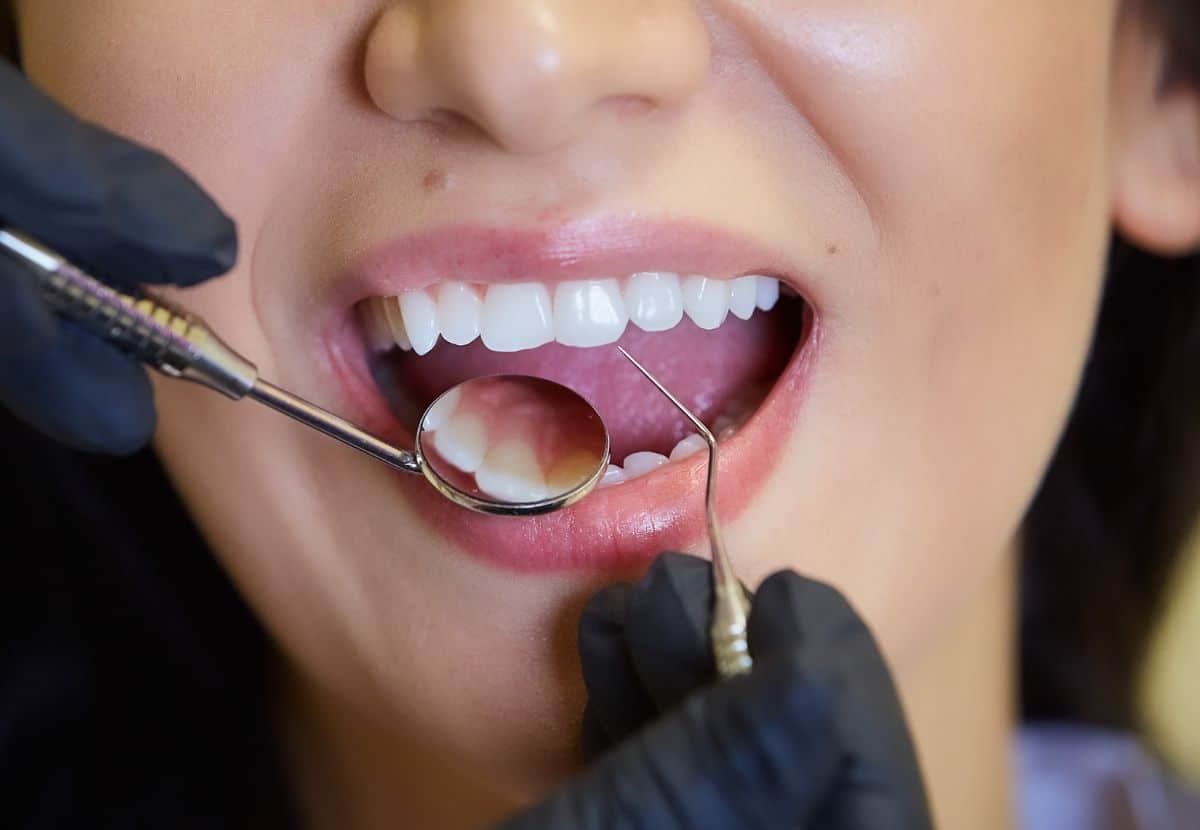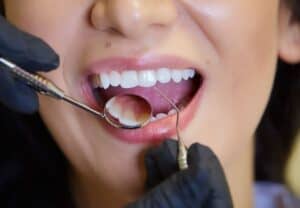
03 Apr Emergency Tooth Removal
Emergency Tooth Removal: When It’s Necessary and What to Expect
Tooth pain can be unbearable, and sometimes, the only solution is an emergency tooth removal. Whether it’s due to severe decay, infection, or trauma, knowing when and how to get an emergency extraction can bring much-needed relief. I’ve researched and compiled everything you need to know about emergency tooth removal to help you navigate this urgent situation.
So, what is emergency tooth removal? Emergency tooth removal is the immediate extraction of a tooth due to extreme pain, infection, severe decay, or injury. Dentists perform emergency extractions when a tooth is beyond saving, typically to prevent infection from spreading or to relieve intense discomfort.
Understanding when a tooth extraction is necessary and what to expect can help ease anxiety about the procedure. Read on to learn about the reasons for emergency tooth removal, what the procedure involves, and how to care for your mouth afterward.
When Is Emergency Tooth Removal Necessary?
Emergency tooth removal is required when a tooth is severely damaged, infected, or causing intense pain that cannot be managed with other treatments. Here are some common situations where an extraction may be necessary:
- Severe Tooth Decay – If a cavity has spread deep into the tooth, causing extreme pain and infection, removal may be the only option.
- Advanced Gum Disease – Periodontal disease can weaken the bones supporting the teeth, leading to loose or infected teeth that require extraction.
- Tooth Trauma or Injury – Accidents or injuries that cause a tooth to crack, break, or become displaced may necessitate removal.
- Abscess or Infection – A severe infection that spreads to the root and surrounding bone may require immediate extraction to prevent further complications.
- Impacted Wisdom Teeth – Wisdom teeth that are stuck under the gumline and causing pain or infection often need emergency removal.
- Orthodontic Reasons – In some cases, a tooth may need to be extracted as part of orthodontic treatment to create space for proper alignment.
What to Expect During an Emergency Tooth Removal

Knowing what happens during an emergency extraction can ease concerns about the procedure. Here’s what you can expect:
- Initial Examination – The dentist will assess the tooth and may take X-rays to determine the best approach.
- Numbing the Area – Local anesthesia is applied to ensure the procedure is painless.
- Extraction Process – The dentist will use special tools to loosen and remove the tooth.
- Controlling Bleeding – A gauze pad is placed over the extraction site to help with clotting.
- Post-Procedure Care – The dentist will provide aftercare instructions to promote healing and prevent complications.
- Follow-Up Appointment – In some cases, a follow-up may be necessary to monitor healing and discuss potential tooth replacement options.
How to Care for Your Mouth After an Emergency Extraction
Proper aftercare is crucial to a smooth recovery. Follow these tips:
- Apply Ice Packs – Reduce swelling by applying an ice pack to the outside of your face.
- Take Prescribed Medications – Pain relievers and antibiotics, if prescribed, should be taken as directed.
- Eat Soft Foods – Stick to soft foods like yogurt, mashed potatoes, and soup for the first few days.
- Avoid Straws and Smoking – Suction can dislodge the blood clot and lead to dry socket, a painful condition.
- Maintain Oral Hygiene – Rinse gently with warm salt water, but avoid brushing near the extraction site for the first 24 hours.
- Get Plenty of Rest – Give your body time to heal by avoiding strenuous activities for at least 24 hours after the procedure.
When to Seek Further Medical Attention
In rare cases, complications may arise. Contact your dentist immediately if you experience:
- Excessive bleeding that doesn’t stop
- Severe swelling or pus around the extraction site
- Intense pain that doesn’t improve with medication
- Fever or chills, which could indicate infection
- A bad taste or foul odor in your mouth, which may be a sign of an infection or dry socket
Related Questions
How long does it take to recover from an emergency tooth removal?
Most people recover within 7-10 days. Swelling and mild discomfort typically subside after 2-3 days, but full healing of the socket can take a few weeks.
Can I go to the ER for emergency tooth removal?
While emergency rooms can help manage pain and infection, they typically do not perform extractions. You may be referred to an emergency dentist for the procedure.
Is an emergency tooth removal painful?
No, the procedure itself is not painful because local anesthesia is used. However, some soreness and discomfort may occur after the extraction, which can be managed with pain relievers.





Sorry, the comment form is closed at this time.